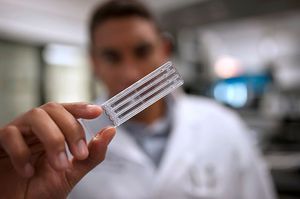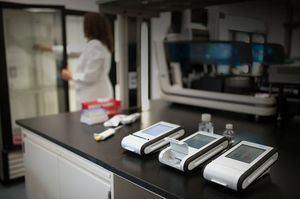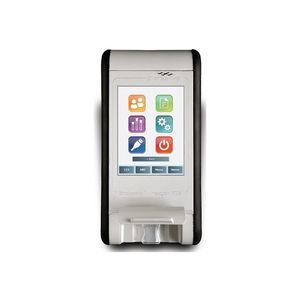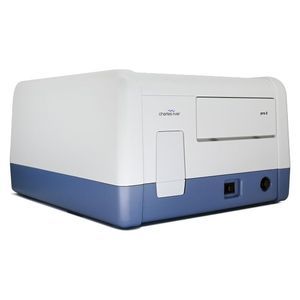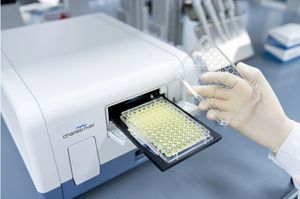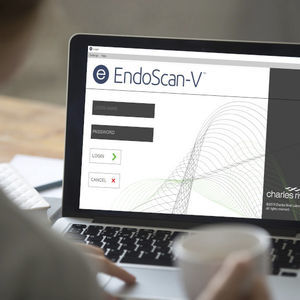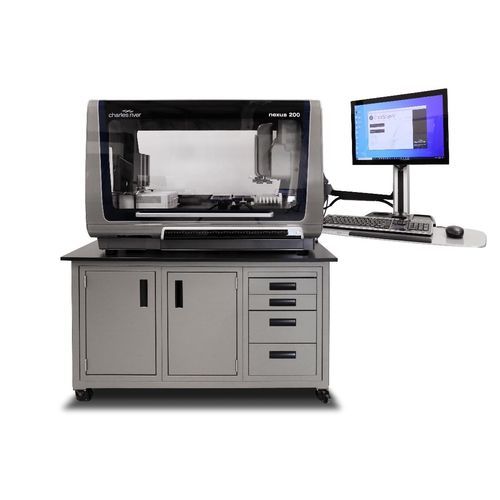
- Laboratory
- Sample management
- Microbiology laboratory automation system
- Charles River Laboratories
- Company
- Products
- Catalogs
- News & Trends
- Exhibitions
Endotoxin testing laboratory automation system Endosafe® Nexus 200™with barcode readerrobotic
Add to favorites
Compare this product
Characteristics
- Applications
- for endotoxin testing
- Other characteristics
- with barcode reader, robotic
Description
n by the need to accommodate ever-increasing sample volumes, data integrity compliance, and constantly changing regulations, all while focusing on efficiency, product quality, and patient safety. As manufacturing processes become more efficient, the demand for reliable, accurate, and high throughput automated testing will increase – and put more pressure to deliver results.
Automation through robotics represents a new paradigm for bacterial endotoxin testing, streamlining QC processes and providing widespread operational benefits across many organizations. Since the launch of the first fully automated robotic Endosafe® Nexus™ in 2014, transformations in technology and innovation have inspired our Research and Product Development team to reimagine the next iteration of our automated endotoxin testing system.
The Endosafe® Nexus™ 200 is a fully enclosed, data integrity compliant, walkaway robotic instrument, capable of testing up to 120 samples per run and performing complex and serial dilutions via Endosafe® cartridge technology.
The advantages of implementing automation are no longer just for high-volume, large manufacturing organizations. Robotics help minimize variation, time, and resources of performing both laboratory and out of specification investigations. Improved agility and shorter testing times can reduce lead times for quality control labs by 60-70% and could eventually lead to real-time product releases. By using automated endotoxin testing designed for a GMP laboratory, lab analysts are free to perform high-value activities such as interpreting data, analyzing trends, and proactively addressing risks, all aspects that are highly stressed in Annex 1.
Catalogs
Endosafe® Nexus 200™
4 Pages
Other Charles River Laboratories products
Bacterial Endotoxin Testing
Related Searches
*Prices are pre-tax. They exclude delivery charges and customs duties and do not include additional charges for installation or activation options. Prices are indicative only and may vary by country, with changes to the cost of raw materials and exchange rates.



